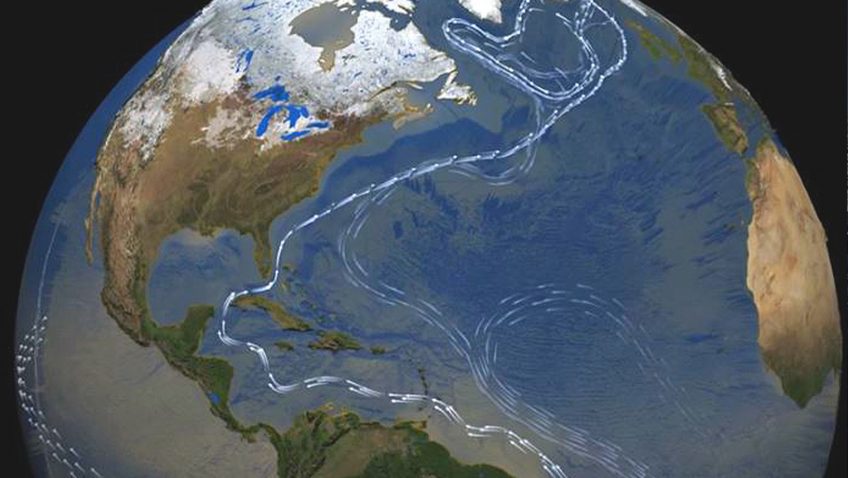Voyage of collaboration: The XBT Network and the Ship Of Opportunity Program
Scientists and engineers at NOAA/AOML frequently participate in cruises in support of the NOAA/AOML eXpendable BathyThermograph (XBT) Network. Recently, Dr. Marlos Goes, a University of Miami CIMAS scientist, gave a short talk to the officers of the Vienna Express, a vessel from the Hapag-LLoyd company, about the importance of the Ship Of Opportunity Program (SOOP) […]










